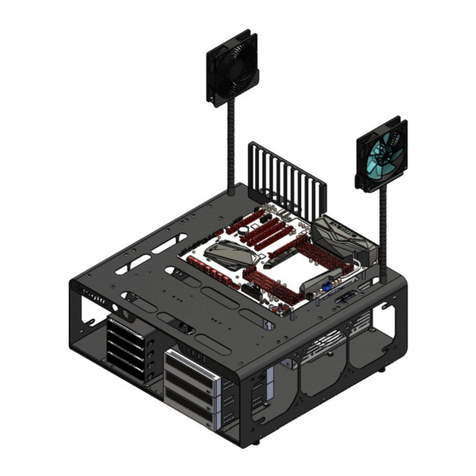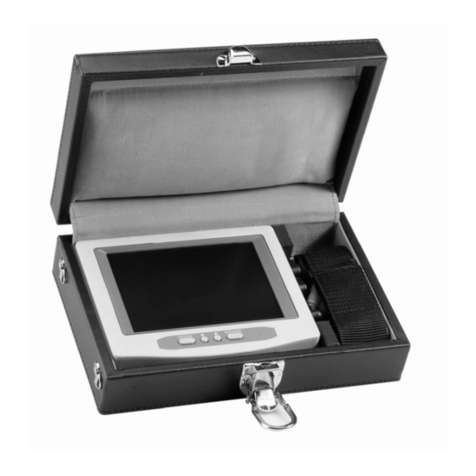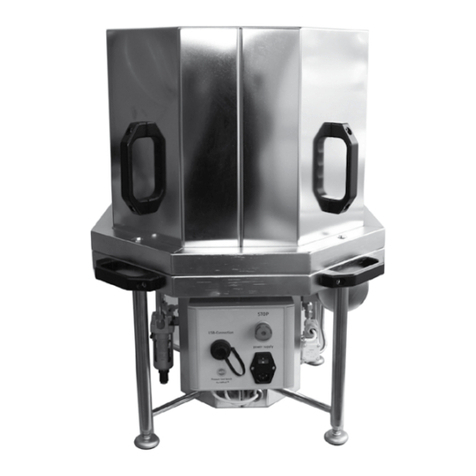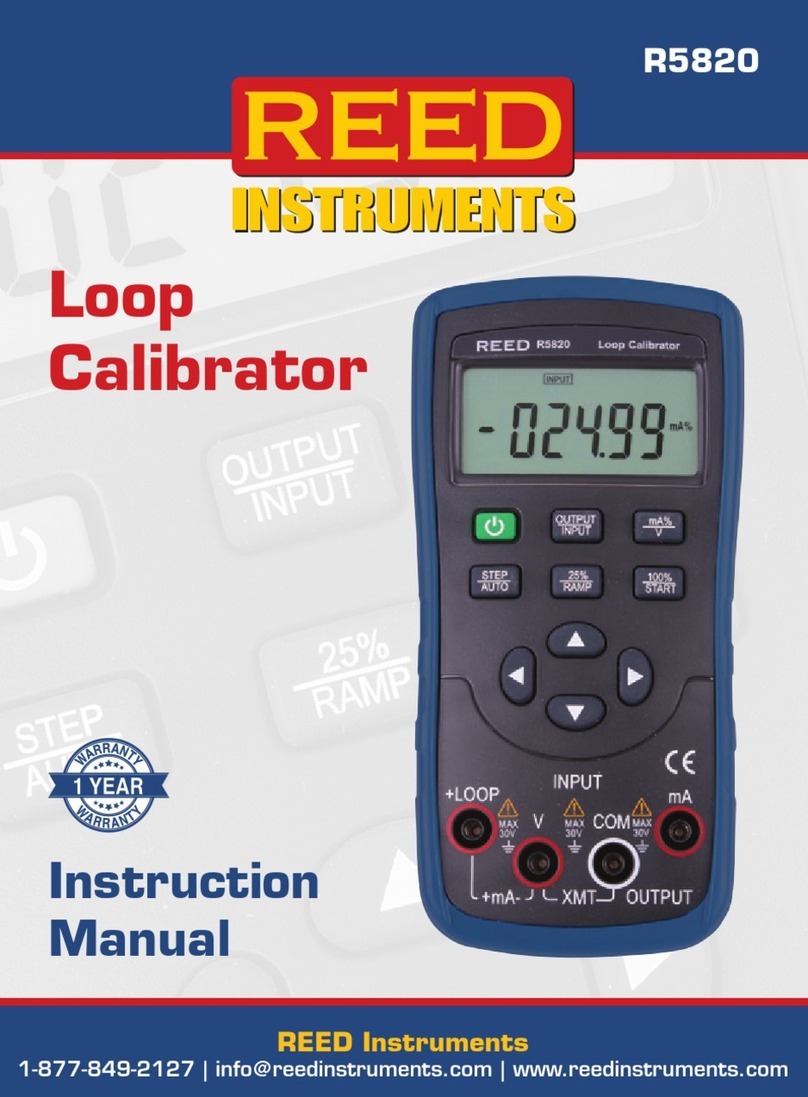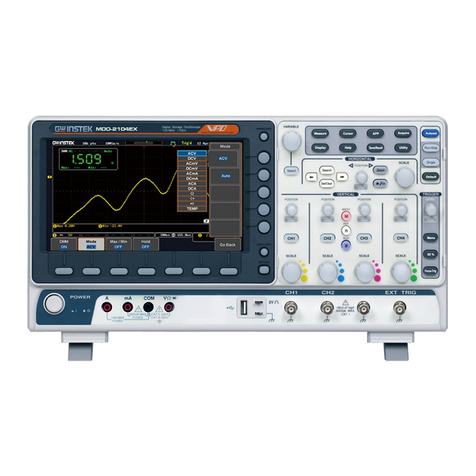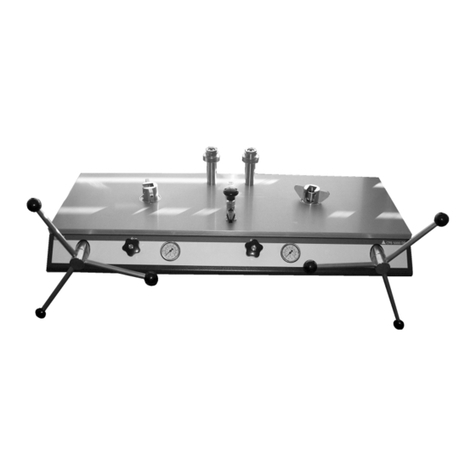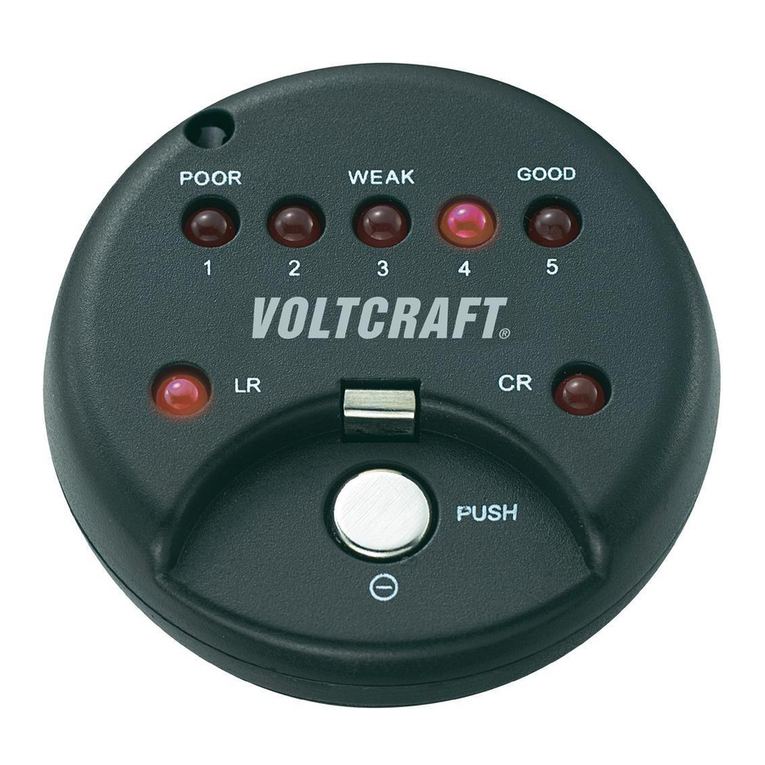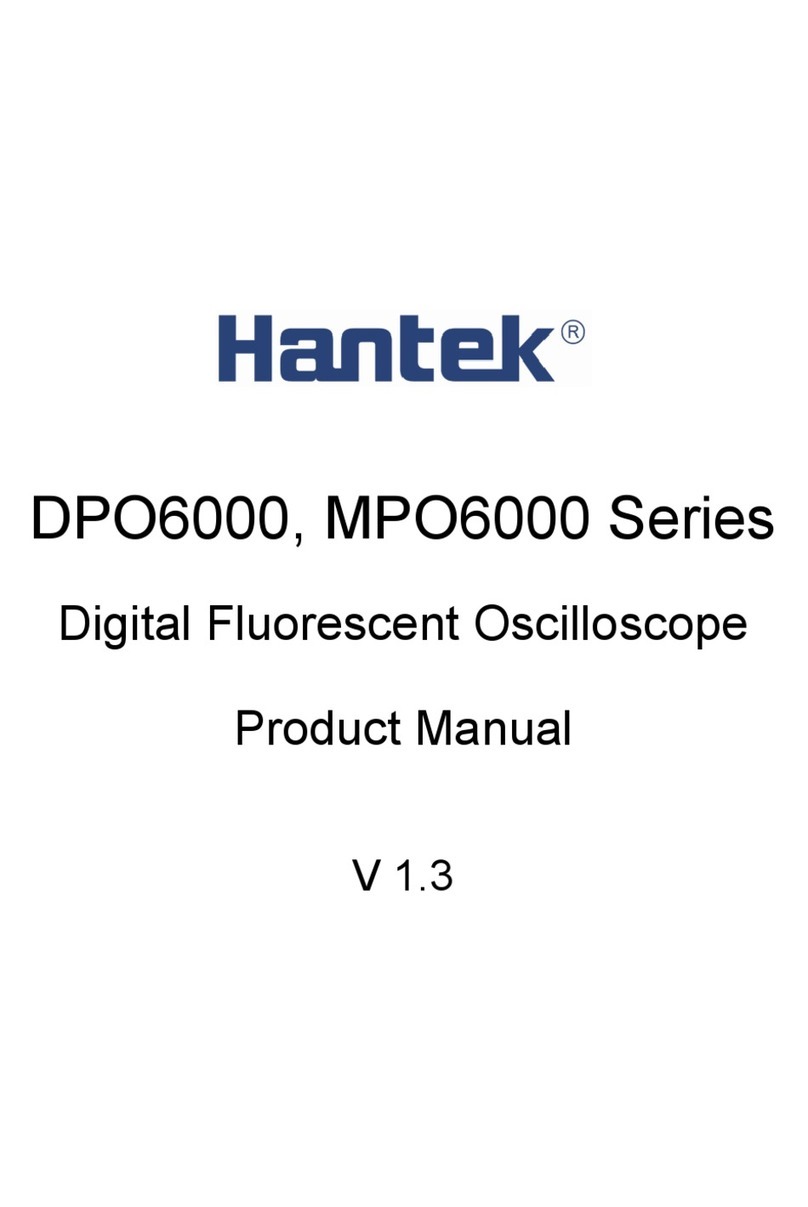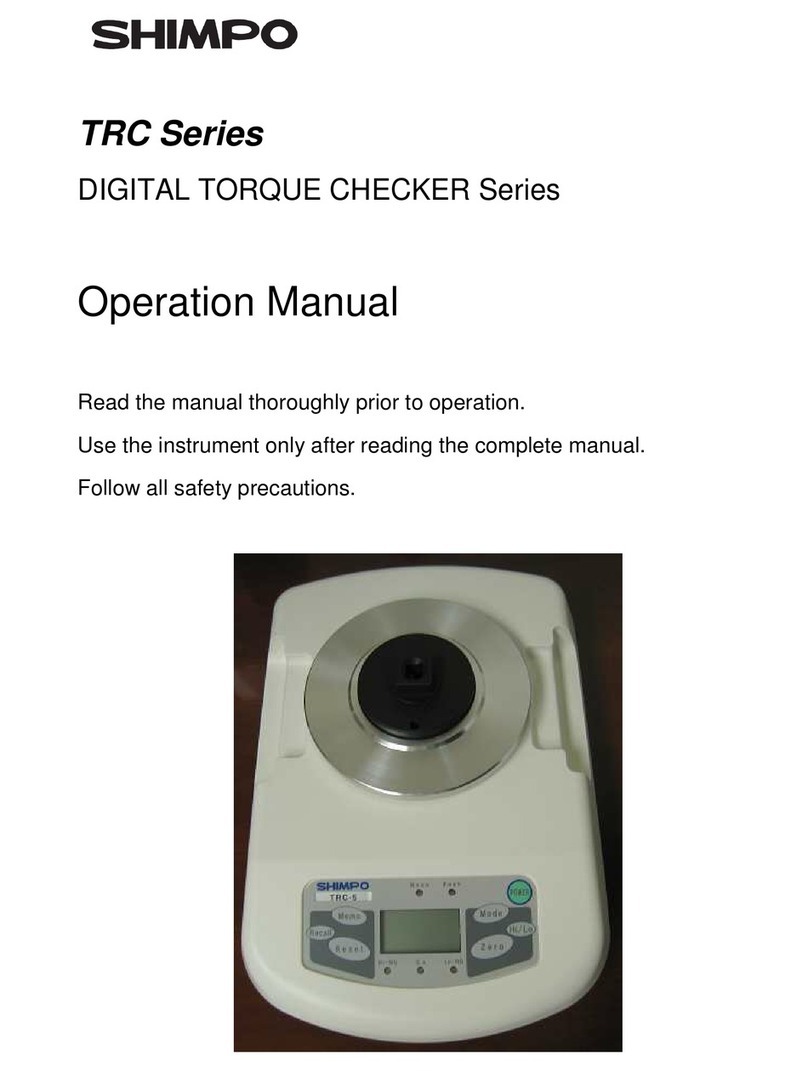Aquila RE80 User guide

DIP - DRY ICE PRODUCTION
Aquila Triventek A/S · Industrivej 9 · DK-5580 Noerre Aaby · Tel. +45 70 22 12 92 · [email protected] · www.aquila-triventek.com
ORIGINAL
Instruction manual for
By Aquila Triventek
Recovery unit RE80

DIP - DRY ICE PRODUCTION
Aquila Triventek A/S · Industrivej 9 · DK-5580 Noerre Aaby · Tel. +45 70 22 12 92 · [email protected] · www.aquila-triventek.com
2
1 INTRODUCTION 4
1.1 What is dry Ice? 4
1.2 Recovery unit 4
2 SAFETY 4
2.1 Safety data for Carbon Dioxide (CO2) 4
2.2 Safety data for Recovery unit RE80 6
3 EQUIPMENT FOR OPERATION 7
3.1 Delivery 7
3.2 Delivered equipment 7
3.2.1 IdenticationofmaincomponentsinRecoveryunitRE80 8
3.3 Connection of the equipment 12
3.3.1 Power supply 12
3.3.2 Connecting the hoses 12
4 OPERATING LIMITATIONS 13
5 OPERATING THE EQUIPMENT 13
5.1 Operation panel 14
5.2 Pressure gauge panel 15
5.2.1 Normal gauge readings during operations 15
5.2.2 Liquid CO2 detector and reservoir 15
5.2.3 Automation 16
5.2.4 Power supply and control protection system 16
5.2.5 Pressure protection system 16
5.2.6 Main menu structure 17
5.3 Starting up the RE80 18
5.3.1 Stopping the RE80 19
6 ALARM MESSAGES 20
6.1 Emergency stop 20
Phase sequence protection 20
CO2 compressor protection 20
CO2 fan protection 21
Toomuchoilinlter 21
Low oil level 21
High temperature 1st stage 22
High temperature 2nd stage 22
Table of contents

DIP - DRY ICE PRODUCTION
Aquila Triventek A/S · Industrivej 9 · DK-5580 Noerre Aaby · Tel. +45 70 22 12 92 · [email protected] · www.aquila-triventek.com
3
6 ALARM MESSAGES 20
6.2 Cooling 22
Cooling compressor protection 22
Cooling internal protection 23
Cooling fan protection 23
Cooling low pressure 23
Cooling high pressure 24
Cooling compressor oil diff. switch 24
7 MAINTENANCE 25
7.1 Main intervals 25
7.2 Oillter 25
7.3 InspectionandrellofCO2 compresor oil 26
7.3.1 HowtorellCO2compressor oil ??
7.3.2 How to drain CO2compressor oil ??
7.4 CO2 pressure and venting 29
7.5 Maintenance and inspection of refrigeration system 30
7.5.1 Insufcientrefrigiration 30
7.5.2 Refrigerant condensation high pressure 30
7.5.3 Refrigerant evaporation low pressure 31
7.5.4 InsufcientheattransmissionintheCO2 condenser 31
7.5.5 Solution for improving heat transmission in the CO2 condenser 32
8 CLEANING THE EQUIPMENT 32
9 STORAGE 32
10 RECOMMENDED SPARE PARTS LIST 33
11 TROUBLESHOOTING 36
12 TECHNICAL DATA 39
12.1 Proporties of carbon dioxide 40
12.2 Electrical charge 41
12.3 Safetypartsidentication ??
13 EC DECLARATION OF CONFORMITY 56
14 GUARANTEE 57
15 DELIVERY REPORT 58
Table of contents

DIP - DRY ICE PRODUCTION
Aquila Triventek A/S · Industrivej 9 · DK-5580 Noerre Aaby · Tel. +45 70 22 12 92 · [email protected] · www.aquila-triventek.com
4
1 Introduction
We are pleased that you have chosen the Recovery Unit RE80 by Aquila Triventek A/S for your company. The recovery
RE80 is especially designed to be connected to the Aquila Triventek Dry Ice Pelletizer type PE80, and cannot be used for
other purpose.
This technology is the subject of a Patent application No. 0408224.4.
To obtain long and trouble-free operation of the equipment we recommend reading this manual carefully. All new opera-
tors of the equipment should also familiarize themselves with the content of this document.
1.1 What is Dry Ice?
Carbon dioxide is a chemical compound formed by combining one atom of carbon with two atoms of oxygen and is
expressed by the chemical symbol CO2. It can exist in three states: as gas, as liquid or as a solid.
Dry ice is frozen carbon dioxide (CO2). The unique property of carbon dioxide is that at normal, atmospheric pressure
and temperature, it changes state directly from solid to gas without going through a liquid phase.
This process, called sublimation, makes the ice ‘dry’ and is exploited both for blast cleaning and for cooling. Dry ice
isstableat(minus)-79C,atatmosphericpressure.Itexpandsupto800timesbyvolumewhenitsublimes,andthis
property is exploited in the blast cleaning application.
1.2 Recovery Unit
Normal dry ice production uses liquid CO2which when brought to normal atmospheric pressure, in e.g. a pelletizer
converts to one half snow and one half gas, called ‘revert’ gas. The snow is then compressed into dry-ice pellets.
But, by using the RE80 Recovery Unit, the revert gas, which is usually lost into atmosphere, is collected and recycled to
make more pellets. This becomes a continuous process and, as a result, will reduce production costs by up to 50%.
2 Safety
2.1 Safety data for carbon dioxide (CO2)
Hazardsidentication
Liquid carbon dioxide is stored in pressure vessels and must be handled according to the vessel manufacturers´ and the
carbon dioxide suppliers´ instructions.
1. Precautions must also be taken when mounting and dismounting the hose for liquid carbon dioxide. The liquid
may be under pressure and could spray into the surrounding area, forming dry ice and causing frostbite and eye
damage.
2. Be careful if a liquid CO2hose is blocked by dry ice. The pressure behind the dry ice blockage will rise due to evapo-
ration of liquid CO2. A powerful blast will occur when the blockage breaks. DO NOT dismount a hose if it is blocked,
or if it is suspected to be blocked by dry ice. Loosen the connection slightly so that gas can escape. Leave the hose
until the blockage is evaporated.

DIP - DRY ICE PRODUCTION
Aquila Triventek A/S · Industrivej 9 · DK-5580 Noerre Aaby · Tel. +45 70 22 12 92 · [email protected] · www.aquila-triventek.com
5
Solid
Contactwithproductmaycausecoldburnsorfrostbiteduetothelowtemperatureat(minus)-79C.
(-110F).
Solid dry ice sublimes into gas. This can cause pressure to build up in e.g. a container which is not suitably vented.
First aid measures
Ifcontactwitheyes:immediatelyusheyesthoroughlywithwaterforatleast15minutes.
In case of frostbite, spray with tepid water for at least 15 minutes. Apply a sterile dressing.
Obtain medical assistance.
Inhalation of sublimated CO2(gas)
CO2is heavier than air and may accumulate to hazardous levels in an unventilated enclosed area such as a small room,
tank, silo or pit. Always ensure adequate natural or mechanical ventilation or breathing apparatus in any hazardous area
such as a tank, silo or pit.
CO2is odourless therefore use always a CO2detector in working areas.
Low concentrations of CO2cause increased respiration and headache.
In high concentrations carbon dioxide gas can cause asphyxiation by displacing the oxygen required for breathing.
Symptoms may include loss of mobility or consciousness. Victim may not be aware of asphyxiation.
First aid measures
Remove victim to uncontaminated area, the rescuer should wear breathing apparatus e.g. an emergency breathing air
bottle and mask to ensure that he/she does not also fall victim to asphyxiation. Keep victim warm and rested. Call a
doctor.Applyarticialrespirationifbreathinghasstopped.
Exposure controls / personal protection
Exposure limit: 5000ppm
The normal concentration of CO2in the atmosphere is 300ppm.
Personal protection: Protect eyes, face and skin from contact with solid product. Protect skin, especially hands,
from cold by wearing insulated gloves.
Training
The hazard of asphyxiation can be overlooked and must be stressed during operator training. Before using dry ice in
any new process or experiment, a thorough material compatibility and safety study should be carried out.
Ensure all national / local regulations are observed. The European Industrial Gas Association (EIGA), see www.eiga.org/,
provides useful background material and guides to good practice.

DIP - DRY ICE PRODUCTION
Aquila Triventek A/S · Industrivej 9 · DK-5580 Noerre Aaby · Tel. +45 70 22 12 92 · [email protected] · www.aquila-triventek.com
6
2.2 Safety data for Recovery Unit RE80
Always use the following safety precautions:
Breathing apparatus
Wheresufcientventilation,eithernaturallyorbymechanicalmeans,can-
not be provided then a suitable supply of breathing air should be arranged.
It is also recommended that an emergency breathing air bottle and mask be
provided in the vicinity of any carbon dioxide operations. The emergency
apparatus is for use by the rescuer in case of any incapacitation of a person
in an area where carbon dioxide has accumulated and could cause asphyxia-
tion to the rescuer.
System under pressure
Become aware that some part of the system is under pressure during opera-
tion. Do not disconnect hoses when pressurized.
Inhalation of vaporized CO2
Ininsufcientlyventilatedrooms,anincreasedconcentrationofCO2might
leadtobreathingdifcultiesaswellastosuffocation.Alwaysensureasup-
ply of fresh air in enclosed rooms. A CO2detectorshouldbeusedtoconrm
safe conditions. Where necessary, use a breathing mask with suitable fresh
air supply.
As CO2gas is heavier than air, please be aware of CO2build-up in lower working areas.

DIP - DRY ICE PRODUCTION
Aquila Triventek A/S · Industrivej 9 · DK-5580 Noerre Aaby · Tel. +45 70 22 12 92 · [email protected] · www.aquila-triventek.com
7
3 Equipment for operation
3.1 Delivery
Transport
After the Recovery Unit RE80 has been delivered, it must be checked for damage which may have occurred during
transport. If necessary, the transport company must be informed to register the damage. Check that all parts described
on the delivery note have been delivered.
3.2 Delivered equipment
The Recovery Unit RE80 by Aquila Triventek consists of the following items:
RecoveryUnitRE80withbuildcondensingunit
OnecompleteconnectionhoseRecoveryUnitRE80andPelletizerPE80consistingof:
1x5mof25mminsulatedhoseforCO2gas
1x5mof16mminsulatedhoseforliquidCO2
1x5mof16mminsulatedhoseforpressurecompensation
1x5controlcable.Cat5patchcable
The Recovery Unit RE80 and must be handled carefully to avoid shock damage to mechanical and electrical
components.

DIP - DRY ICE PRODUCTION
Aquila Triventek A/S · Industrivej 9 · DK-5580 Noerre Aaby · Tel. +45 70 22 12 92 · [email protected] · www.aquila-triventek.com
8
3.2.1Identicationofmaincomponentsinrecoveryunit
2RE80008 RE80004
RE80009
RE80015
RE80012
RE80017 RE80013
1
1: First stage CO2 Compressor / FK 30/32,5K - 22400001
2: Second stage CO2 compressor / FK 20/245N - 22400002
3: Plug housing
4: Female socket
N.B.:ForreferencetotheRE-numberspleaseseePartsIdenticationforRE80

DIP - DRY ICE PRODUCTION
Aquila Triventek A/S · Industrivej 9 · DK-5580 Noerre Aaby · Tel. +45 70 22 12 92 · [email protected] · www.aquila-triventek.com
9
12
5
4
3
1: St.1 motor 7,5kW 50/60Hz 44010132
2: St.2 motor 4kW 50/60Hz 22103008
3: CO2 Gas cooler 36359484
4: Filterhousing -----------
5: Complete refrigiation unit condenser Bitzer 36329626
N.B.:ForreferencetotheRE-numberspleaseseePartsIdenticationforRE80

DIP - DRY ICE PRODUCTION
Aquila Triventek A/S · Industrivej 9 · DK-5580 Noerre Aaby · Tel. +45 70 22 12 92 · [email protected] · www.aquila-triventek.com
10
3
1
RE80009 RE80006
RE80015RE80010
1: CO2 Gas cooler 36359484
2: Solenoid valve EVR6 34439301
Solenoid coil 230V AC
3: Check valve NRV16 34739502
N.B.:ForreferencetotheRE-numberspleaseseePartsIdenticationforRE80
2

DIP - DRY ICE PRODUCTION
Aquila Triventek A/S · Industrivej 9 · DK-5580 Noerre Aaby · Tel. +45 70 22 12 92 · [email protected] · www.aquila-triventek.com
11
1 2
9
14
3
10
15
4
11 10
16 19
5
1G 3G
17 5G
6
12 13
18 20
21
7
1: Transformer protection 4-6,3A
2: Motor protection 10-16A
3: Motor protection 6,3-10A
4: Motor protection 0,4-0,63A
5: Motor protection 16-20A
6: Motor protection 4-6,3A
7: Relay for moto protection
9: Soft starter 15A
10: Contractor 3Kw
11: Contractor 7,5 Kw
1G: Contractor DILA-XHI40 for DILM7-01
12: Relay for contractor
3G: EKC315A Regulator
13: Phase monitoring relay
14: Main PLC controller
15: EPROM for PLC controller
16: Slave module
17: 1p solid state relay 24VDC/230V
18: 1p 240VDC interface relay
19: PT1000 to 4-20mA converter
5G: Transformer
20: Power supply 24VDC
21: Terminal fuse plug

DIP - DRY ICE PRODUCTION
Aquila Triventek A/S · Industrivej 9 · DK-5580 Noerre Aaby · Tel. +45 70 22 12 92 · [email protected] · www.aquila-triventek.com
12
3.3 Connection of the equipment
3.3.1 Power supply
TheRE80isdeliveredwitha63Ampcablewithoutplug.Theplughastobemountedlocallytotlocalsocket-design.
Take of the side cover and pull the cable with box out under the frame and connect to your own power supply.
Remember to turn of the main switch before applying power to the unit.
3.3.2 Connecting the hoses (RE80 + PE80 pelletiser)
TheconnectorsaredifferentforeachhoseandwillonlytintotherightconnectionsattheRecoveryUnit,andatthe
Pelletizer.
Always ensure that the hoses are arranged as straight as possible i.e. with easy radius bends and avoiding kinks which
mayincreasepressuredrop,orevenstopow.
Connection table:
1: 3/8” BSP Pressure equalisation from pelletizer (only for PE80 pelletizer)
2: 1/2” BSP Liquid CO2 to pelletizer
3: 1/2” BSP Liquid CO2 from tank (only with PE80 pelletizer)
4: 1 1/2” cam male CO2 revert gas from pelletizer
5: 1” cam male Buffer tank
6: Pressure relief
7: Main electrical power supply cable
1 6
54
2 73

DIP - DRY ICE PRODUCTION
Aquila Triventek A/S · Industrivej 9 · DK-5580 Noerre Aaby · Tel. +45 70 22 12 92 · [email protected] · www.aquila-triventek.com
13
4. Operating limitations
RE80 unit
• Forastandardcongurationmachine,thesurroundingworkingtemperatureshouldbebetween-25°Cand40°C.
(-13°F-104°F)
• Themachineshouldneverbestoredinanambienttemperatureexceeding50ºC.(122°F)
• When choosing a location for the Recovery Unit RE80, the room must be dry, clean and well ventilated.
• MakecertainthattheRecoveryUnitRE80isplacedonahorizontalplanewithamaximumslopeof2°C
• It is not recommended to locate the Recovery in dusty and/or dirty surroundings. The CO2gascoolingcoilnscan
be covered with dirt the performance of the Recovery will be reduced.
• The perforated holes at the opposite side of the electrical box is the air intake for the CO2cooler. Exhaust for CO2
cooler is located on the right hand side of the electrical box. The air intake and exhaust must have at least 2meters
offreespacetoanywallsinordertosecuresufcientairowandcooling.
Condensing system
• Themin./max.ambienttemperaturesfortheCondensingunitis-25°Cto40°C(-13°Fto104°F)atnormalair
humidity.
• Theunitshouldneverbestoredinanambienttemperatureexceeding50°C
• The unit must be protected against direct sun and rain
• Airowthroughthecondensercoilisapprox.7300m³/handrequiresawell-ventilatedroomorfacility.Iftheairow
isrestrictedthecoolingcapacitywilldecreaseasabove(2%per1°C).
• Thefoundationmustbesolidandaslevelaspossible.Max.slope2°.
• The unit is only designed to operate with R404A refrigerant. Any other refrigerant can damage the compressor and
inuencethecapacity.
Also read the Aquila Triventek “Installation guide & data sheet” before installation and start-up of the system
5. Operating the equipment
The Recovery Unit RE80 can only be used in the conjunction with the Pelletizer PE80 and no other equipment.
Use the Recovery Unit RE80 only for the designed purpose and follow the guidelines described in this manual.

DIP - DRY ICE PRODUCTION
Aquila Triventek A/S · Industrivej 9 · DK-5580 Noerre Aaby · Tel. +45 70 22 12 92 · [email protected] · www.aquila-triventek.com
14
5.1 Operation panel
The operation panel at the front of the RE80 includes the following functions:
1 2 3 4
Buttons:
1: Display
2: Manual start button
3: Manual stop button
Indicator lamps
4: Emergency stop button

DIP - DRY ICE PRODUCTION
Aquila Triventek A/S · Industrivej 9 · DK-5580 Noerre Aaby · Tel. +45 70 22 12 92 · [email protected] · www.aquila-triventek.com
15
5.2 Pressure gauge panel (from left)
1. Refrigeration Condensing Pressure
Freon pressure in the condensing unit
2. Refrigeration Evaporation Pressure
Evaporation pressure in refrigerant unit
3. CO2 Gas pressure from pelletizer
4. CO2 Gas pressure
Pressure after 1st stage compression
5. CO2 Gas high pressure
Pressure after 2nd stage compression
5.2.1 Normal gauge readings during operations
These are the readings you would expect to see after the Recovery has cooled down and commenced stable operation
(after 10-15 minutes)
Refrigeration Condensing Pressure: Between 13 and 22 bar.
Refrigeration Evaporation Pressure: Between 1 and 2 bar.
CO2 Gas Pressure from Pelletizer: Between 0,1and 0,8 bar.
Pressure after 1st stage compression: Between 4 and 5 bar.
CO2 High Pressure: Between 16 and 19,5 bar.
5.2.2 Liquid CO2detector and reservoir
TheliqueedCO2owstoasmallreservoircontainingalevelsensor.Thelevelsensorgivesasignaltothecontrol
system when liquid CO2is detected and a red light shows. The green light indicates that the level detector is electrically
connected.
Function:
Green light = Liquid
Green + yellow light = No Liquid CO2

DIP - DRY ICE PRODUCTION
Aquila Triventek A/S · Industrivej 9 · DK-5580 Noerre Aaby · Tel. +45 70 22 12 92 · [email protected] · www.aquila-triventek.com
16
5.2.3 Automation
The following operations and features are automated
5.2.4 Power supply and control protection system.
A voltage monitoring relay in the panel stops the recovery and lights up the electrical failure lamp on the panel. The relay
switches off if the voltage is too low, the phases order is wrong or a phase is missing.
The Recovery can only run if the pelletizer is producing. The recovery stops instantly if the stop button on the pelletizer is
activated.
5.2.5 Pressure protection system.
The recovery will only run if the 1” gas hose from the pelletizer is pressurized (0.1-0,8 bar (1.45-8.7 Psi)). The pressure is
constantly measured in order to prevent air from entering the Recovery. When the pressure drops to 0,1 bar, the internal
pressure relief is opened in order to keep the unit running (in case some small disturbance between the pelletizer and
Recovery takes place).
When the pressure drops down to 0,0 bar the CO2 compressors stop after 60 seconds. Message “CO2 INLET LOW” shows
on the display. The refrigeration part in the unit keeps working for maximum 30 minutes. If the pressure will rise back
the unit will start automatically (immediately if the refrigeration part was still running or after few minutes if the whole
machine was stopped (see the starting and stopping sequence described page 18-19).
If the pressure rises above 0,8 bar, the AV304 valve is opened in order to drop the CO2 gas. When the pressure keeps
rising and reaches 1,0 bar, second valve - AV302 – opens in order to lower the pressure.

DIP - DRY ICE PRODUCTION
Aquila Triventek A/S · Industrivej 9 · DK-5580 Noerre Aaby · Tel. +45 70 22 12 92 · [email protected] · www.aquila-triventek.com
17
5.2.6 Main menu structure - RE80 UNI PLC
For detailed explanation on error messages go to page 20-24
RUN
HOUR COUNT...
COOLING COND.
PRESSURE ... BAR
COOLING EVAP.
PRESSURE ... BAR
CO2 GAS PRESSURE
... BAR
CO2 HIGH PRESSURE
... BAR
BRIGHTNESS
<DOWN UP>

DIP - DRY ICE PRODUCTION
Aquila Triventek A/S · Industrivej 9 · DK-5580 Noerre Aaby · Tel. +45 70 22 12 92 · [email protected] · www.aquila-triventek.com
18
5.3 Starting up the Recovery Unit RE80
• Check equipment visually before starting to ensure that all hoses and cables are properly connected.
• Ensure that main power has been turned on for min.2 hours
• If “STOP” status shows on the display push the green “ON” button – the status should change for “WAIT”
• As soon as pelletizer starts running and revert gas pressure exceeds 0,2bar, the start-up sequence is initiated
on the Recovery Unit. Some blow-off will occur until the Recovery has stabilized (ab 60 seconds). After that
time message “READY” will show on the display.
The unit can be started manually by pressing the “ON” button or if not then it will start automatically after 5
minutes. During production some minor intermediate blow-off can occur due to variations in production, high
surrounding temperatures or too big pelletizer capacity compared to the Recovery capacity.
Caution!
At start up after more than 3 hours stand still the power has to be turned on for min. 2 hours due to the crankshaft
heating in the Cooling unit of the RE80. Any attempt to start earlier will damage the compressor of the Cooling unit.

DIP - DRY ICE PRODUCTION
Aquila Triventek A/S · Industrivej 9 · DK-5580 Noerre Aaby · Tel. +45 70 22 12 92 · [email protected] · www.aquila-triventek.com
19
5.3.1 Stopping the Recovery Unit RE80
Stopping without depressurising the system.
The Recovery and pelletizer can be stopped at any time. It is not advisable to switch off the power or use the emer-
gencystopbuttonwithoutrstemptyingtheRecoveryofliquidCO2. The liquid CO2will evaporate through the safety
valve. The purpose of the safety valve is to protect the Recovery and the surroundings against damage caused by too
high CO2pressure. The safety valve is not supposed to be used regularly. If the power is switched on the CO2vapour
will evacuate through the blow-off solenoid valve.
Note: The Recovery Unit, Pelletizer and the hoses are under pressure. DO NOT attempt to disconnect any hoses
before depressurising.
Depressurising the system before stopping.
1. Close liquid CO2valve at vessel.
2. The pelletizer and CO2part of the Recovery stops automatically after a short time from the moment when
the supply of liquid from the tank has been closed. The cooling unit in the Recovery will continue to work for
maximum 30 minutes. Either it will shut down automatically anytime during the 30 minutes period or it can be
manually shut down by pressing the “OFF” (red) button.
CAUTION : After manual shut – off (by pressing the OFF button) the unit will not restart automatically. The status
“STOP” will be displayed on the panel. If the “OFF” button will not be pressed, the Recovery will also shut down
automatically with “C02 INLET LOW” message on the display, but it is possible that the unit will try to restart
several times.
3. Now it is possible to disconnect the depressurised hoses.
Note: Some overpressure must be expected. Disconnect with caution.
Depressurising the system if there is a power failure.
1. Close liquid CO2valve at vessel.
2. The automatic valve system of the PE80 will ensure that close-down and depressurisation will commence
correctly.
3. WAIT until the pressure has dropped (no more gas coming out).
4. Now it is possible to disconnect the depressurised hoses.

DIP - DRY ICE PRODUCTION
Aquila Triventek A/S · Industrivej 9 · DK-5580 Noerre Aaby · Tel. +45 70 22 12 92 · [email protected] · www.aquila-triventek.com
20
6 Alarm messages
EMERGENCY STOP
PHASE SEQUENCE
PROTECTION
CO2 COMPRESSOR
PROTECTION
Release the emergency stop on the recovery.
See page 14 picture 5.1-4
Press “ OFF “ to clear the error
Check if all 3 phases in the recovery
See page 11
Try to change two phases
See page 12 picture
Press “ OFF “ to clear the error
Check the settings and status on the motor protection in the
electrical box.
See page 11
Press “ OFF “ to clear the error
Table of contents
Other Aquila Test Equipment manuals
Popular Test Equipment manuals by other brands

Extech Instruments
Extech Instruments VT30 user guide
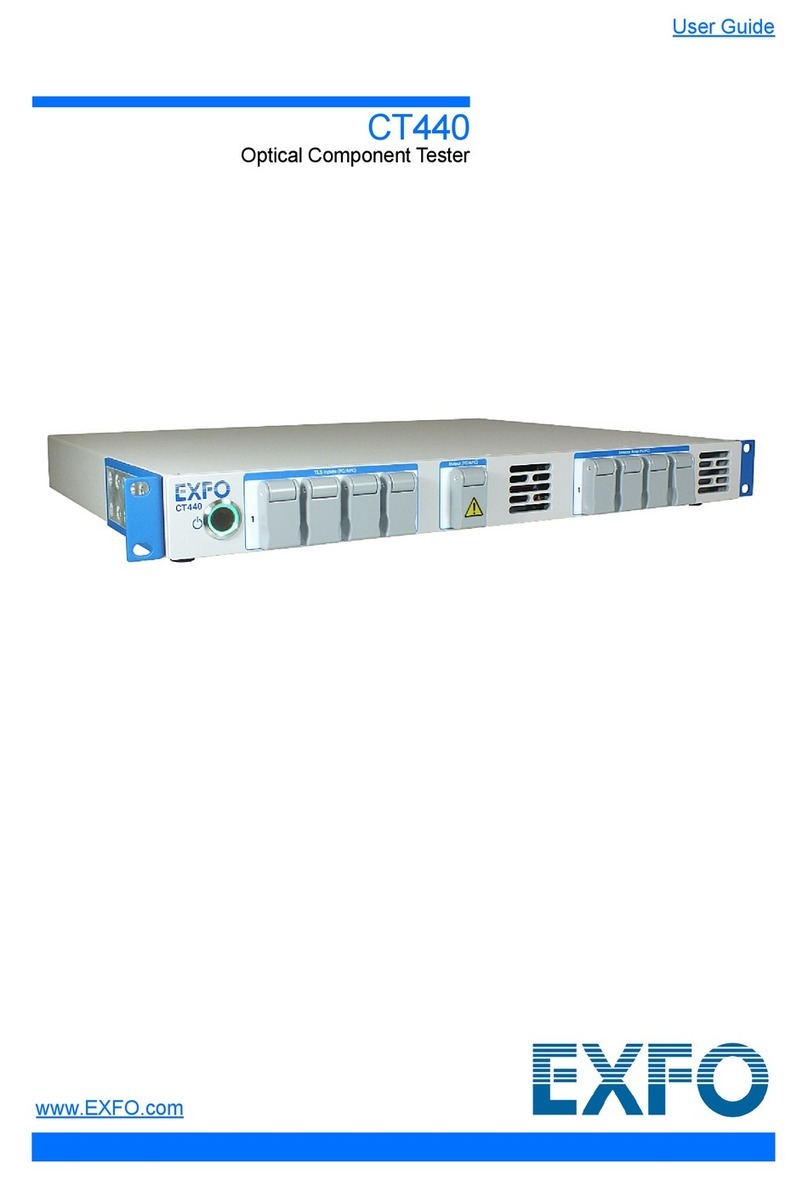
EXFO
EXFO CT440 Series user guide
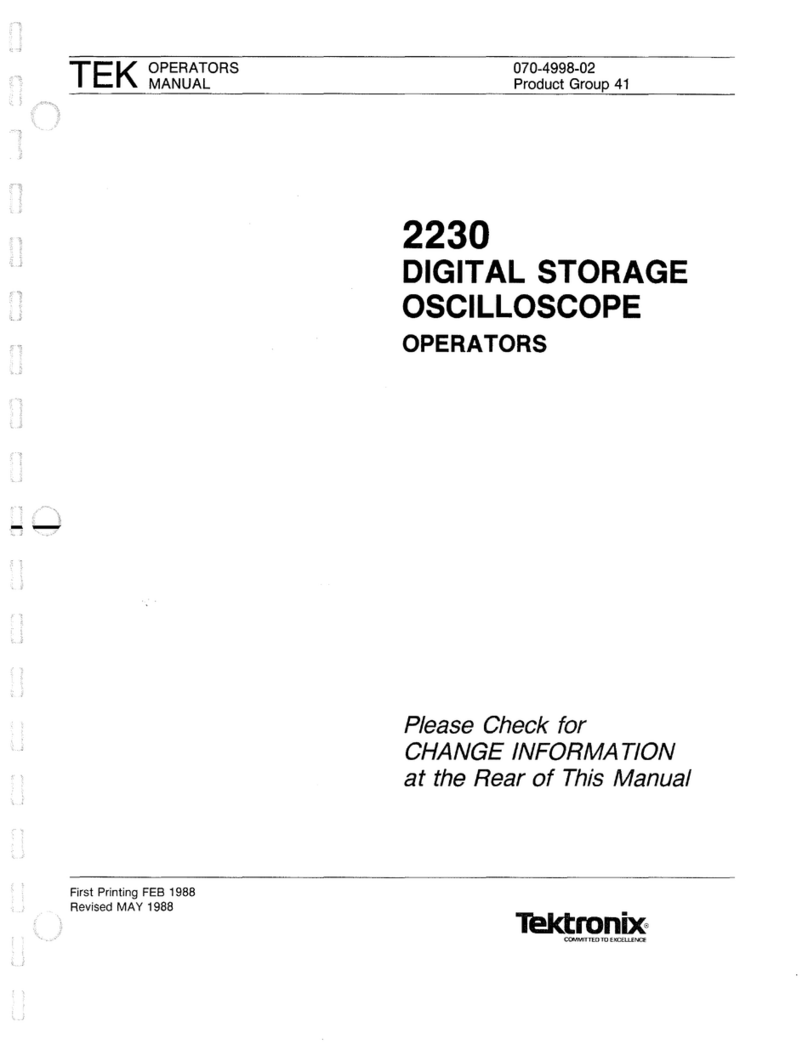
Tektronix
Tektronix 2230 Operator's manual
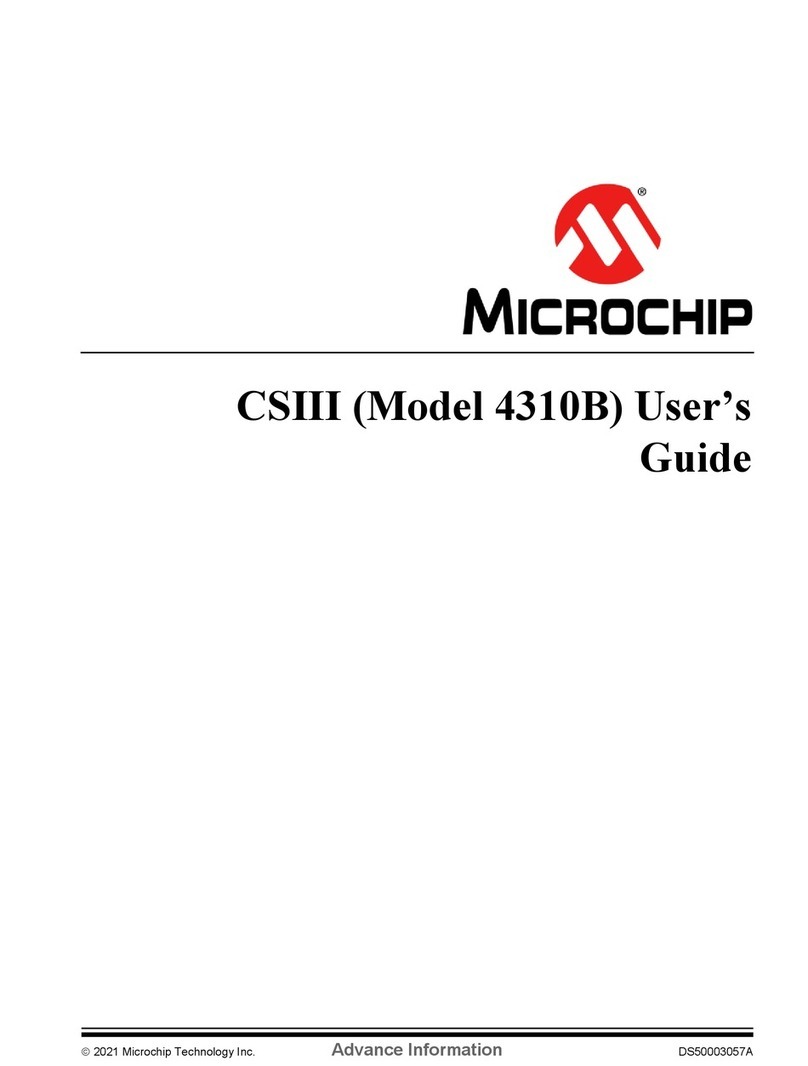
Microchip Technology
Microchip Technology CSIII user guide

Agilent Technologies
Agilent Technologies 16034H manual
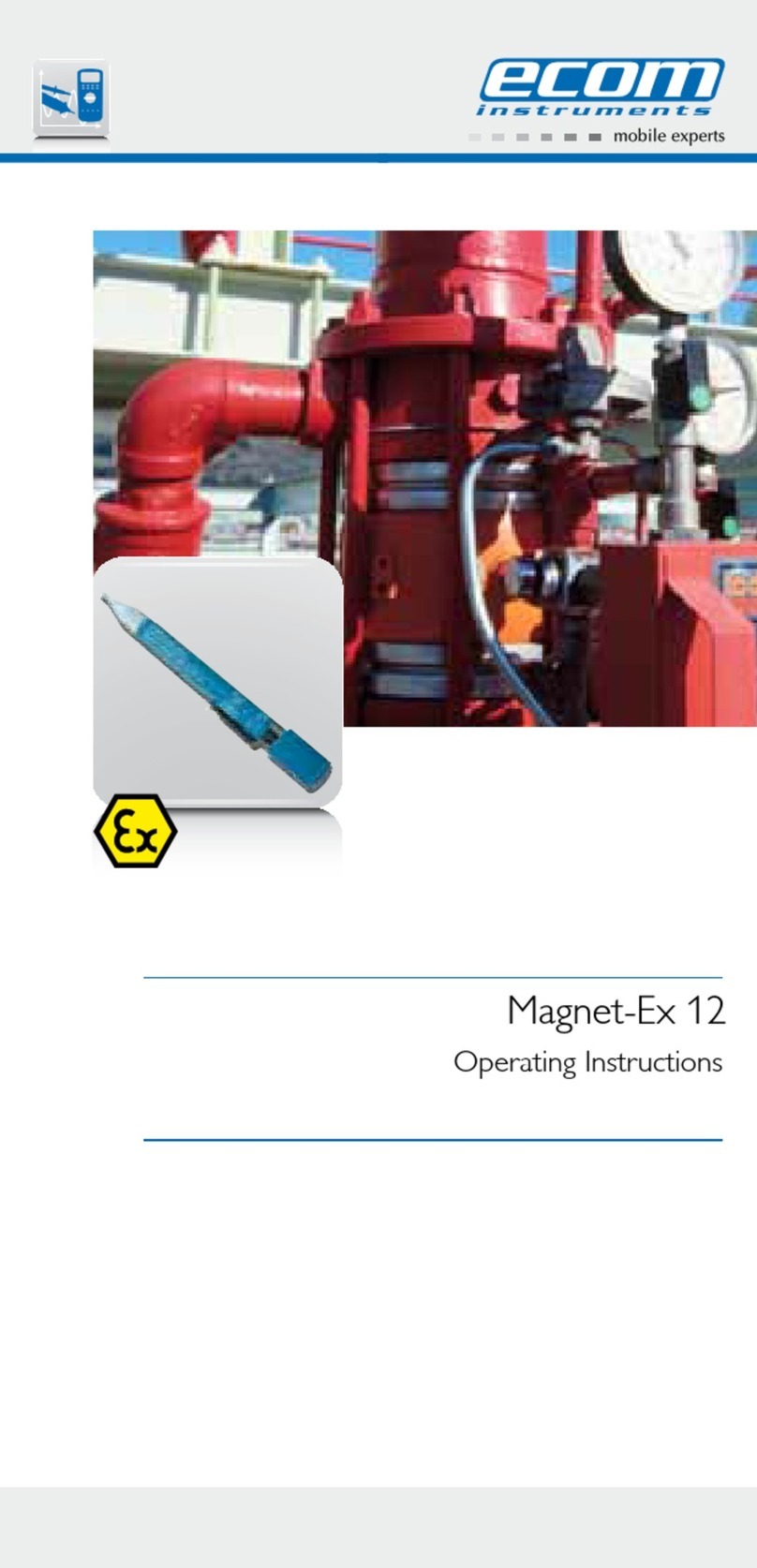
Ecom Instruments
Ecom Instruments Magnet-Ex 12 operating instructions

